The year 2023 brought us a lot of very interesting events in space, from Starship flights to the delivery of samples of the asteroid Bennu. But life does not stand still. The year 2024 will be filled with no fewer, but rather even more exciting space events. So it’s time to talk about what awaits us in the near future.
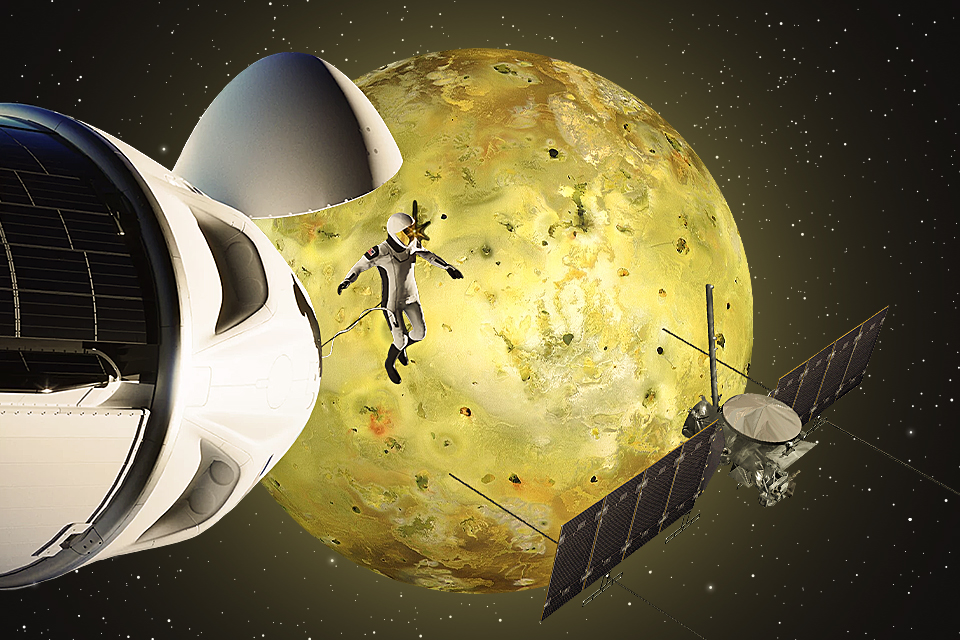
New space missions
In 2024, we will witness the launch of a much larger number of new interplanetary missions than in 2023. They will go to different parts of the solar system. The most ambitious of them is the Europa Clipper. Its target will be Europa, an icy moon of Jupiter with a huge ocean beneath its surface. NASA plans to launch the spacecraft in October 2024.
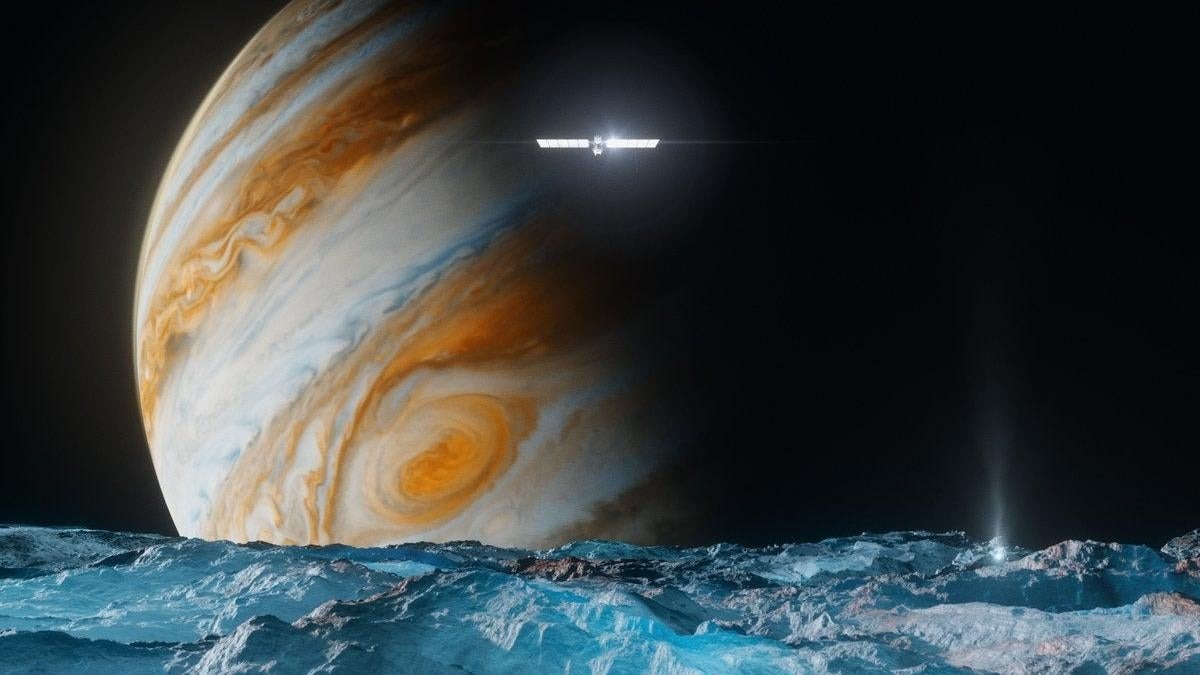
In 2024, a new window will also open for a flight to Mars. Two missions are going to use it. The Japanese MMX will target the Red Planet’s largest satellite, Phobos. The device is going to study it, take a soil sample, and then deliver it to Earth. It will be accompanied by a pair of NASA-built probes called ESCAPADE. They will enter orbit around Mars and study its magnetosphere. The launch of both missions is scheduled for August-September 2024.
A large number of earthly envoys will also visit the Moon. As early as mid-January, JAXA will try to land its SLIM probe, which was launched last fall. It will be followed by Astrobotic and Intuitive Machines, which will send their own vehicles to the Moon. In May, China will launch the Chang’e-6 project, in which it will try to take and then deliver a soil sample from the Moon’s south pole to Earth. And in November, NASA plans to land the VIPER rover at the south pole of the Moon, which will search for minerals and water ice.
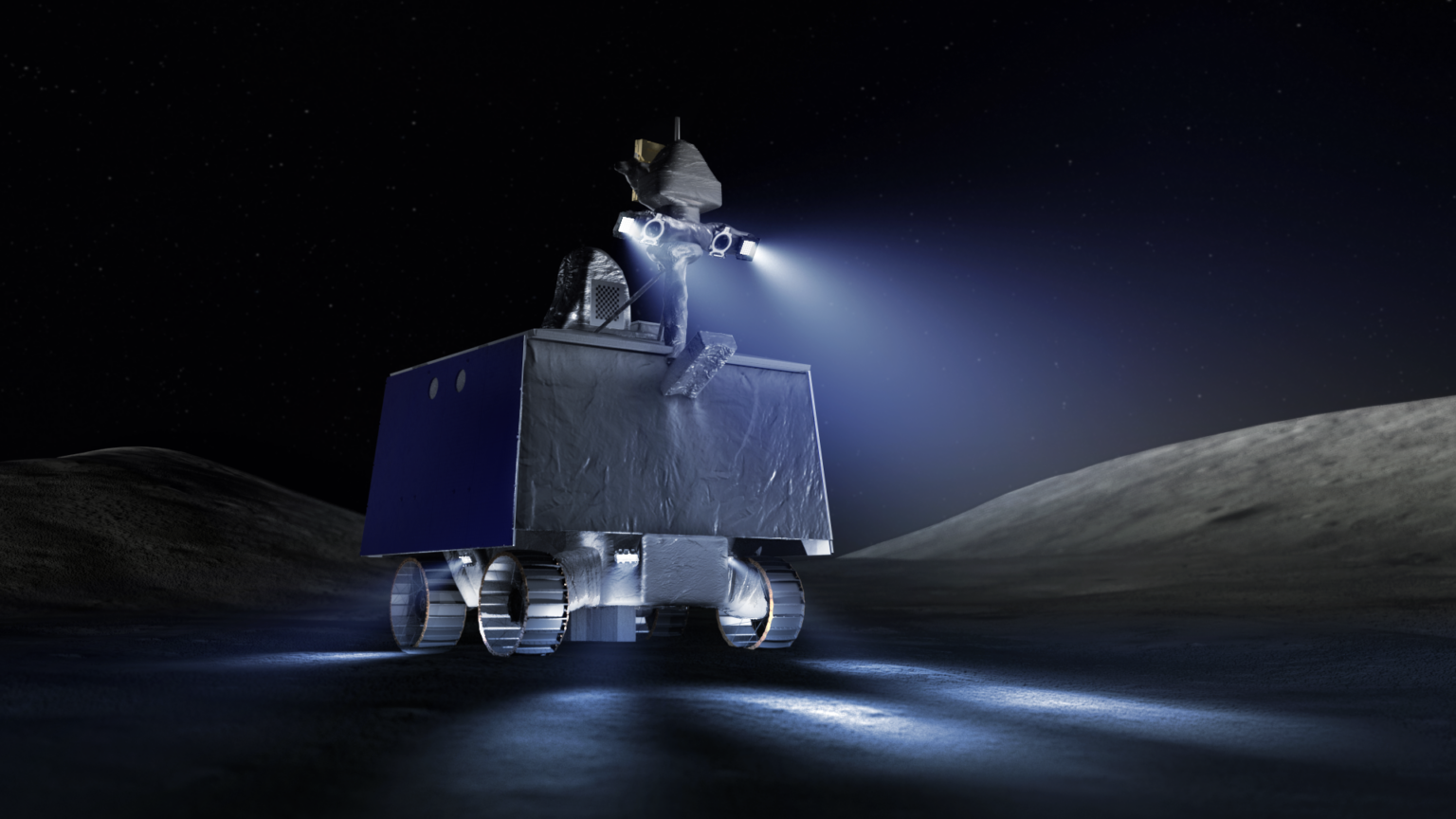
Asteroids will be another target of interplanetary messengers. The European asteroid Hera is scheduled to be launched in October 2024. It will visit the double asteroid Didymus, which the year before last became the target of a NASA test to verify the possibility of changing the orbit of a small body by ramming it.
Finally, a probe built by Rocket Lab is scheduled to launch to Venus at the very end of 2024. If successful, it will become the first private spacecraft in history to visit the second planet from the Sun.
Manned space exploration
The next year will be full of interesting events in manned space, three of which are scheduled to take place in the spring. One of them will be the launch of Polaris Dawn, the first-ever private mission to include spacewalking. Its success could be an important brick on the way to more complex private flights, one of which may be to service the Hubble telescope.
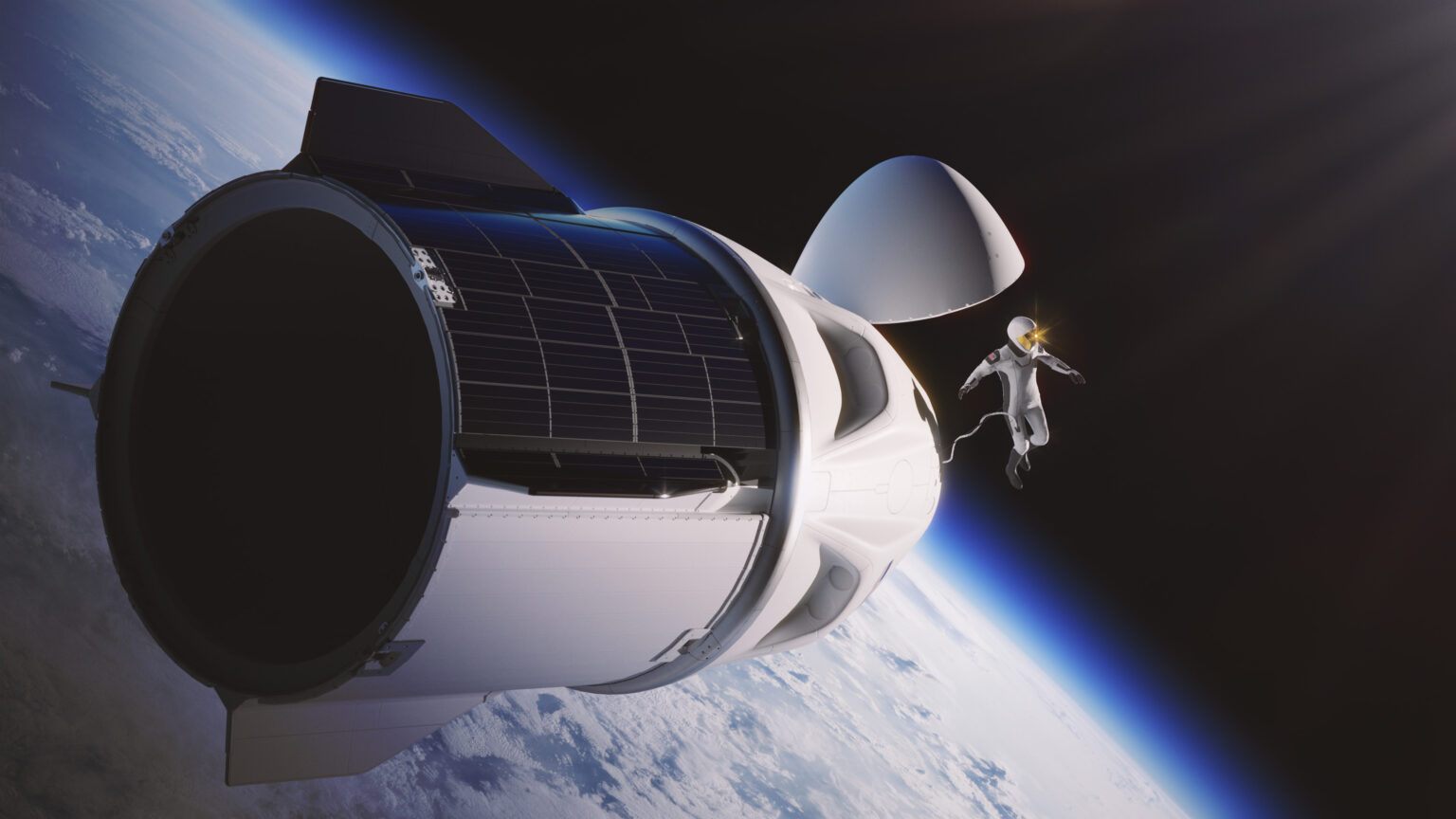
In the spring, the first flight of the Dream Chaser spacecraft is also scheduled. Initially, it will be used to deliver supplies to the ISS and return cargo to Earth. However, Sierra Space does not lose hope of eventually creating a manned version of the spacecraft.
In April, the first manned flight of the long-suffering CST-100 Starliner, developed by Boeing, is scheduled. If successful, NASA will finally have an alternative option for transporting people to the ISS.
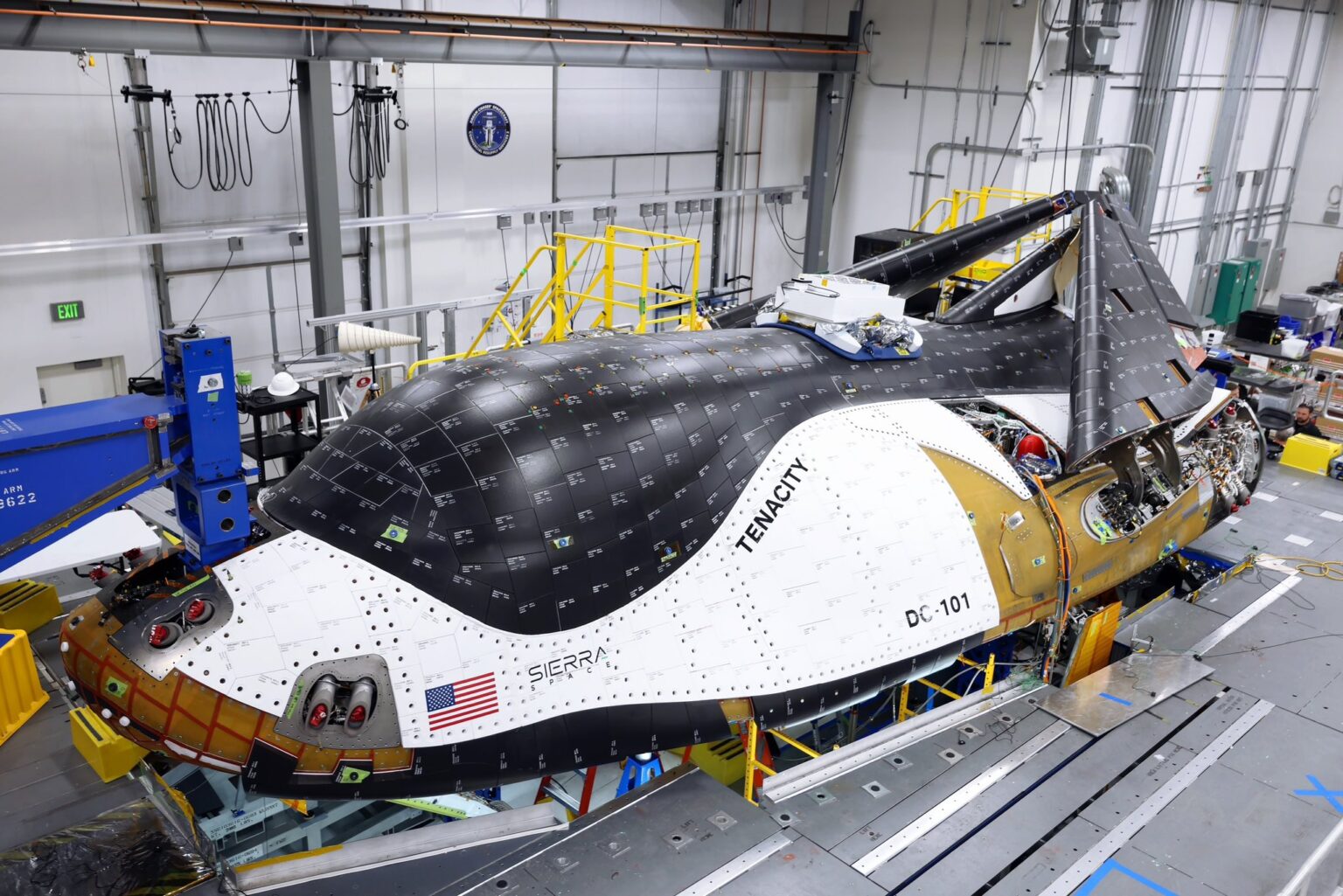
In the summer, India is going to conduct an unmanned orbital test of its Gaganyaan spacecraft. It will be the first in a series of tests planned by ISRO. If they don’t reveal any problems, India could become the fourth country to send humans into space in 2025.
But the most important space event of 2024 (and not only in manned space) is scheduled to take place in November. As part of the Artemis II mission, NASA plans to send the Orion spacecraft with four astronauts to the Moon. They will be the first people to leave the outskirts of our planet since 1972. The flight plan envisages that Orion will fly around the Moon on a free return trajectory and then come back to Earth. The entire trip will last 10 days.

However, it cannot be ruled out that the flight date of Artemis II may still be postponed, and perhaps the flight will take place in 2025 instead of 2024. Still, we hope that there will be no postponements and all space fans will receive a good gift for the winter holidays.
Flights of new rockets
2024 should also be the year when we will see the launch of a number of new rockets that will replace the retired carriers. One of them is Vulcan, created by the launch operator ULA. It will replace the Atlas V. The first Vulcan flight is scheduled for January.
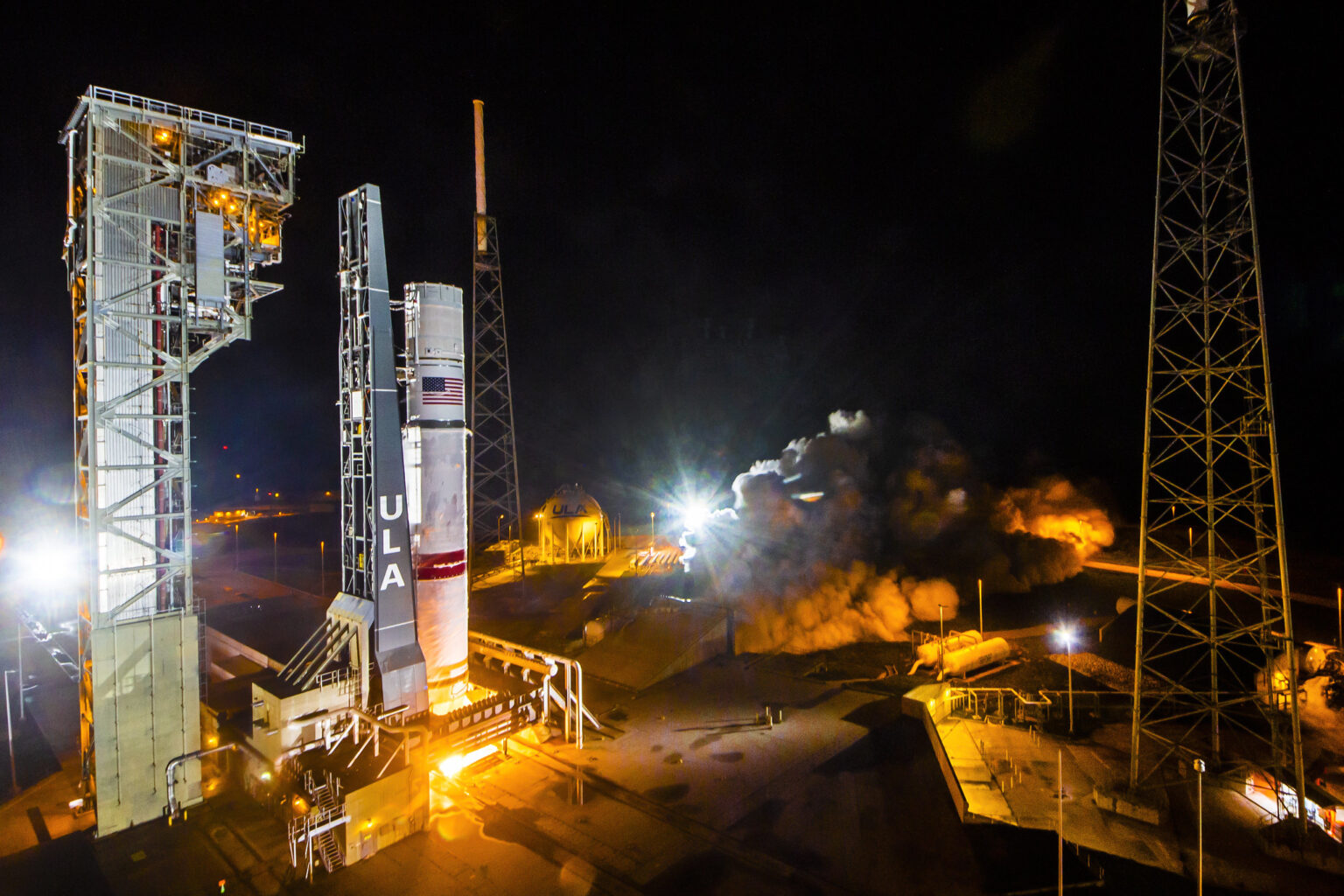
For its part, Europe is looking forward eagerly to the successful debut of the Ariane 6 rocket. After the decommissioning of Ariane 5 and the Vega accident, ESA found itself in a very difficult situation, effectively left without independent access to space. Ariane 6 is to remedy this situation — provided that its first flight is successful.
Blue Origin also expects to finally show the result of its engineers’ efforts in the form of the New Glenn rocket. It has been under development since 2012 and its commissioning date has been postponed several times. Amid growing criticism of the company for showing nothing but promise, the results of the New Glenn flight will be of great importance for the future of Blue Origin.
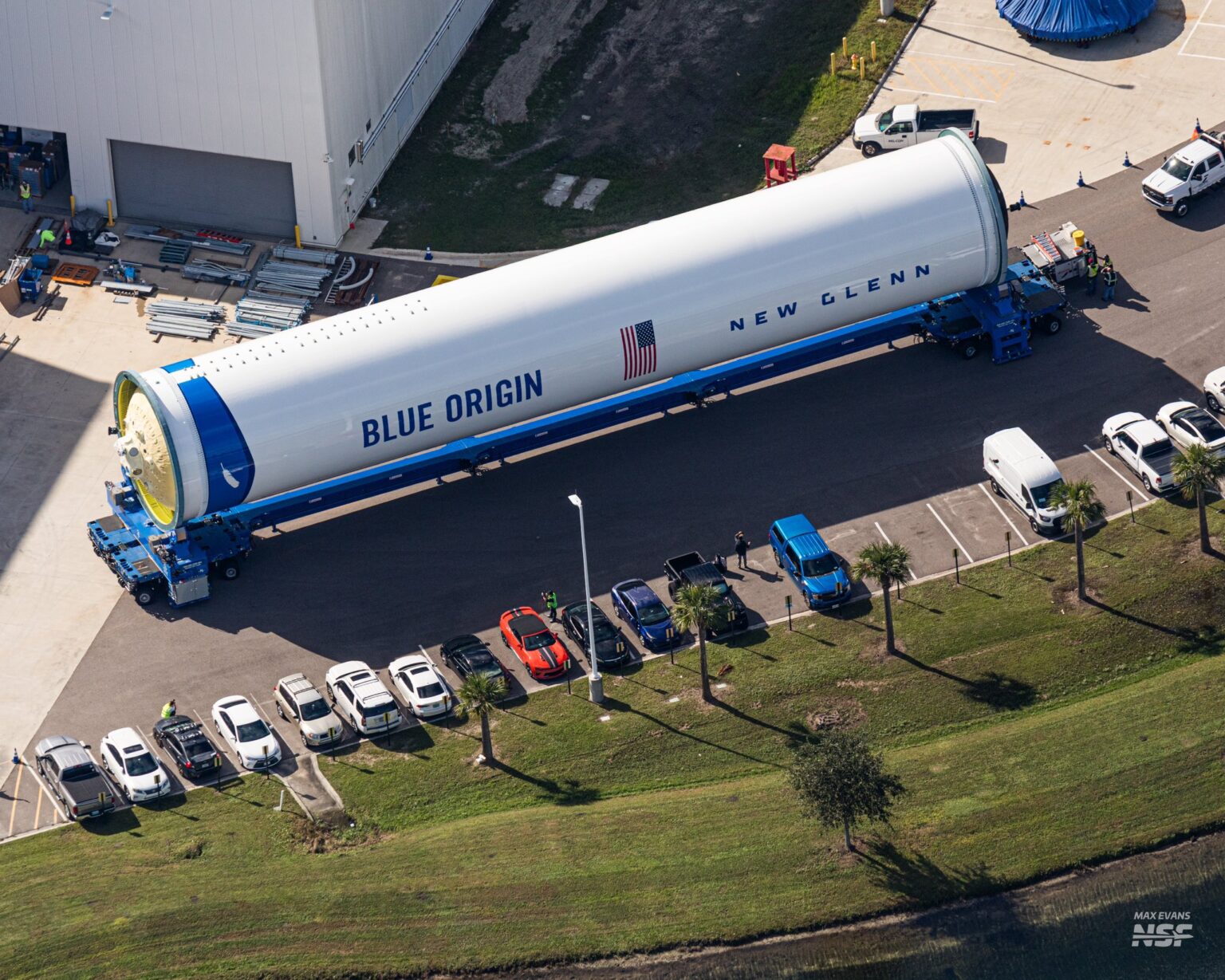
And finally, let’s not forget about SpaceX. During the second test, the Starship was close enough to reaching Earth orbit. There is no doubt that during the third flight of the giant rocket, SpaceX will make every effort to bring the test program to success.
Events on interplanetary highways
In conclusion, let’s talk about the expected events in deep space. On February 3, the Juno probe will have to fly by Io. In addition to the opportunity to study the volcanic satellite, the Earth’s messenger will also use its gravity to change its orbit.
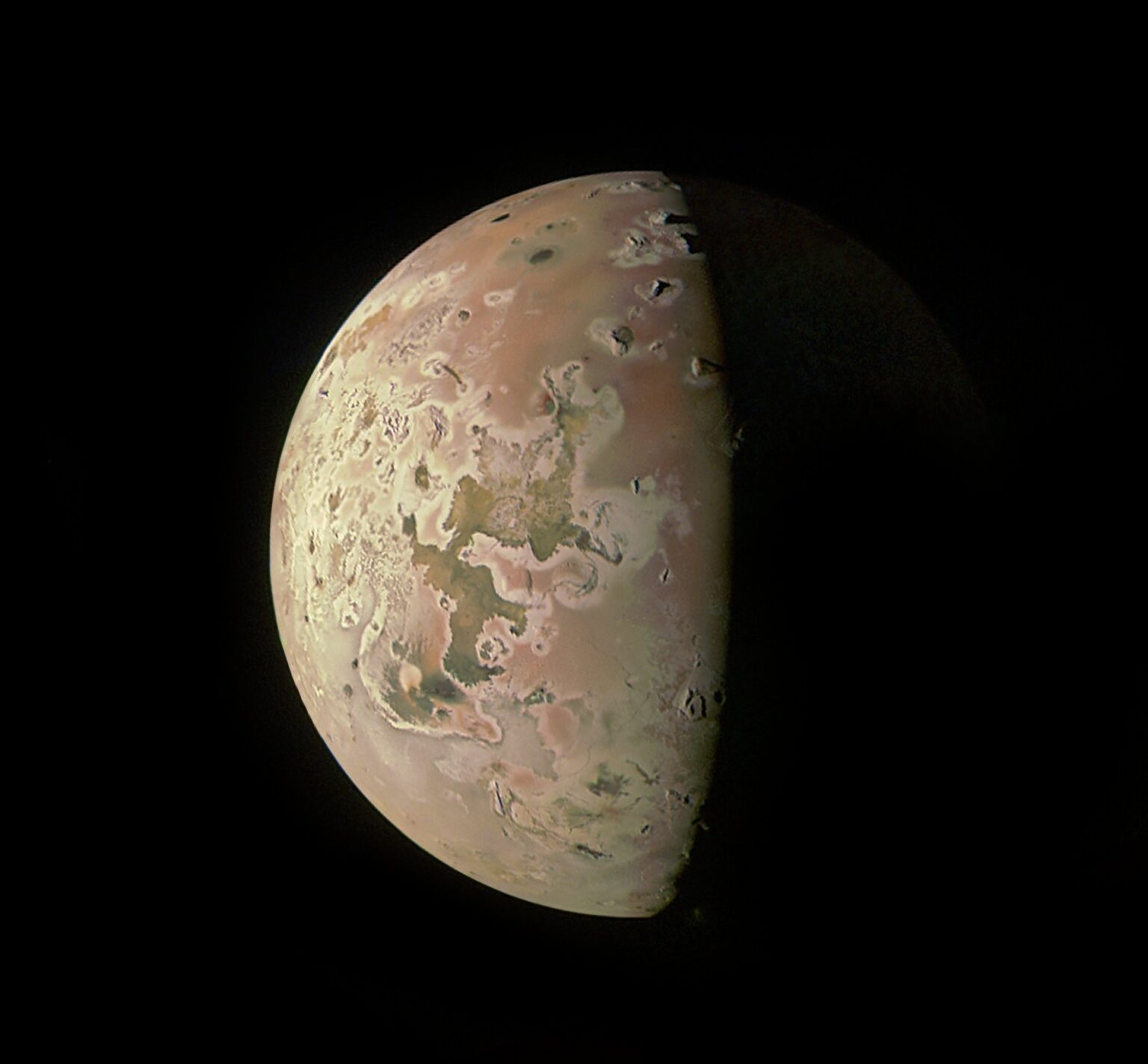
In September and December, the BepiColombo probe will visit Mercury twice. These maneuvers are necessary to reduce its orbital speed, which will allow it to enter a permanent orbit around the first planet in the future.
The JUICE and Lucy spacecraft headed for Jupiter and its Trojan asteroids will also perform gravity maneuvers, but will use the Earth for this purpose. Their approach to their native planet will take place in August and December 2024, respectively.
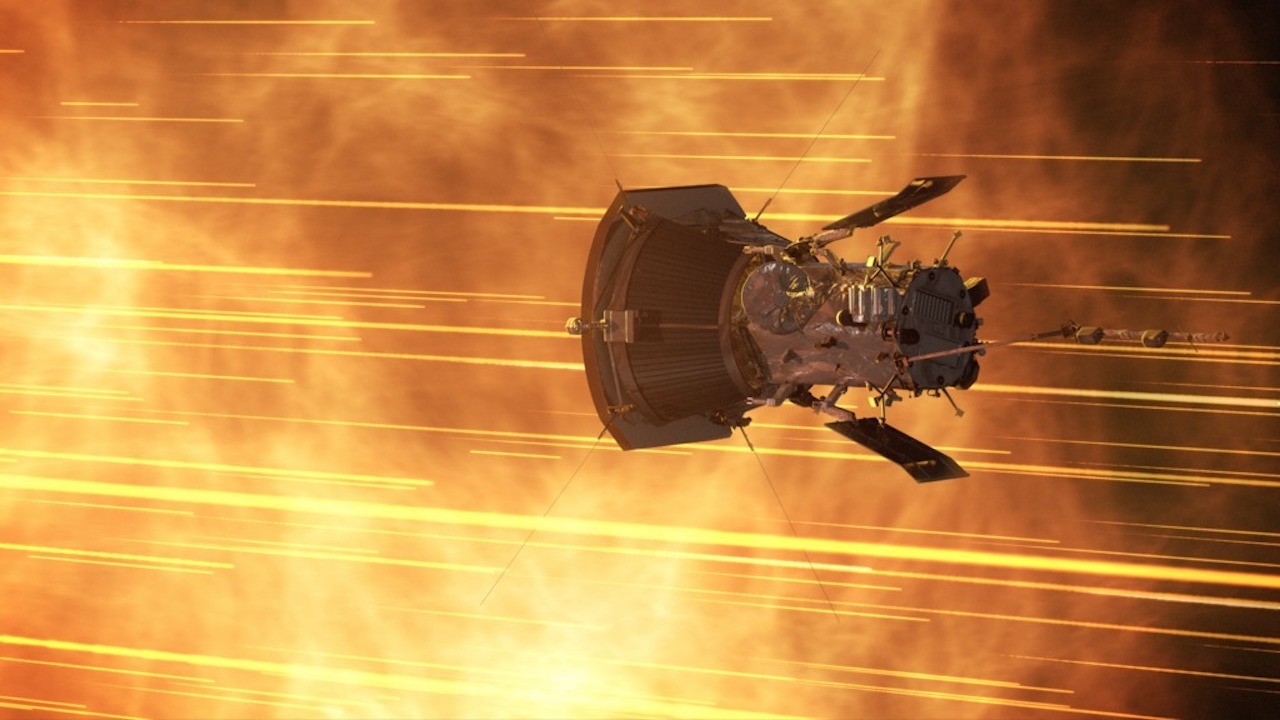
Finally, in November, the Parker probe will fly by Venus, which will allow it to enter its final orbit. Its perihelion will lie at a record distance of only 6.4 million kilometers from the solar surface, which will be a new record. No Earthly messenger in history has ever come so close to our luminary.

